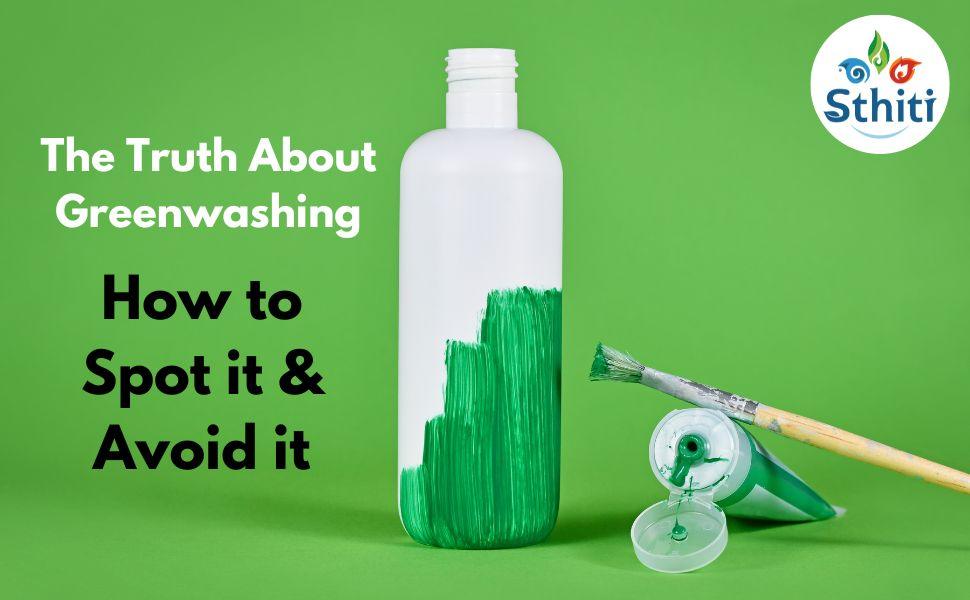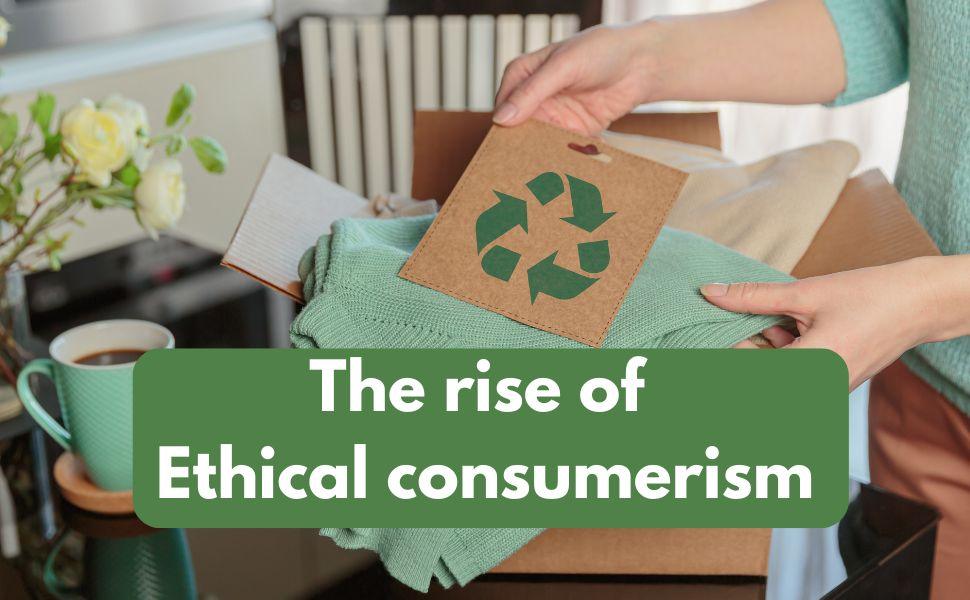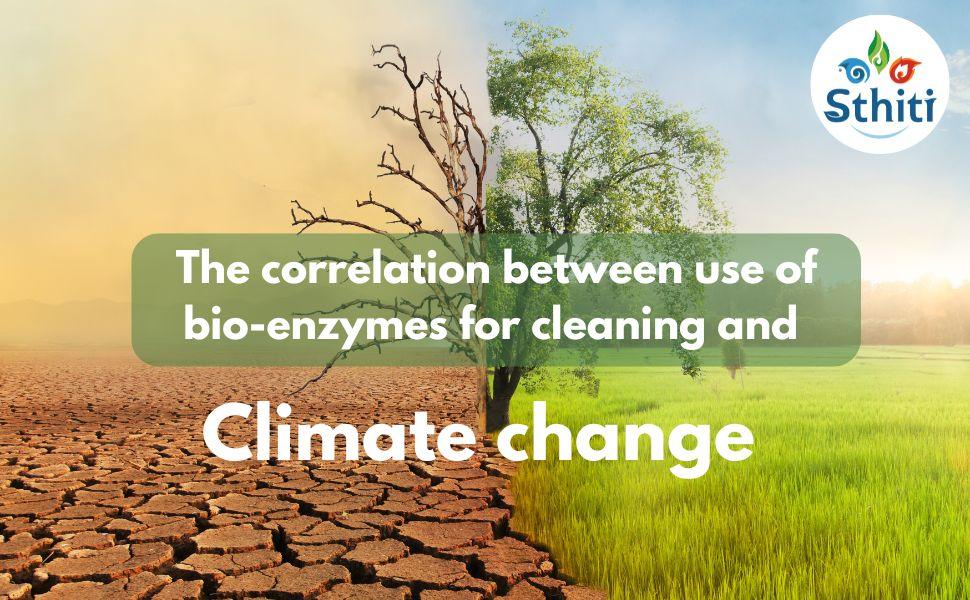
The Truth About Greenwashing: How to Spot It and Avoid It

Greenwashing has become a common practice among companies looking to capitalize on the growing demand for eco-friendly products. It involves misleading consumers into believing that a product or company is more environmentally friendly than it actually is. As consumers become more conscious of their environmental impact, it's important to understand how to spot greenwashing and avoid falling for misleading claims.
What is Greenwashing?
Greenwashing refers to the practice of making false or misleading claims about the environmental benefits of a product, service, or company. This can include exaggerating the positive impact of a product, using misleading labels or images, or simply failing to disclose relevant information about a product's environmental impact.
Spotting Greenwashing
There are several signs that can help you spot greenwashing:
- Vague or Unsubstantiated Claims: Be wary of products that make vague or unsubstantiated claims about their environmental benefits. Look for specific details and evidence to support these claims. Look for certifications from reputed bodies which verify the claims. Sthiti Eco is very careful about our claims and firmly stand behind them.
- Misleading Labels: Some products may use labels or images that imply environmental friendliness, even if the product itself is not. Look for third-party certifications or labels from reputable organizations to verify a product's eco-friendly claims. Sthiti Eco's name stands for "Preservation of nature" and are proud to do our bit towards the environment.
- Hidden Trade-Offs: Some products may focus on one aspect of their environmental impact while ignoring others. For example, a product may claim to be made from recycled materials but fail to mention other harmful practices, such as excessive packaging or carbon emissions.
- Lack of Transparency: Companies that are truly committed to sustainability are usually transparent about their practices and products. If a company is unwilling to provide detailed information about their environmental impact, it may be a sign of greenwashing. We at Sthiti Eco focus only on a few products but make sure no corners are cut in manufacture, distribution or disposal.
Avoiding Greenwashing
To avoid falling for greenwashing, it's important to do your research and look for products that are truly eco-friendly. Here are some tips:
- Look for Third-Party Certifications: Certifications from reputable organizations, such as the Forest Stewardship Council (FSC) or the Environmental Protection Agency (EPA), can help verify a product's eco-friendly claims.
- Read Labels Carefully: Take the time to read product labels and look for specific details about the product's environmental impact. Be wary of vague or misleading claims.
- Research the Company: Look into the company's sustainability practices and track record. Companies that are truly committed to sustainability will usually have information available on their website.
- Support Truly Eco-Friendly Brands: Choose products from brands that are transparent about their practices and products. Sthiti Eco, for example, offers a range of eco-friendly products made from plant-based ingredients and free from harmful chemicals.
-
Sthiti Eco's products are certified for Organic Production compliance for Green, Bio degradable, Eco safe cleaning chemicals & their ingredients. They are Certified by Quality control Certification, United Ackreditering Services Limited, Vide Certificate No : ORP/024028/0921,
issued : 16th September- 2021
By being informed and aware of greenwashing tactics, you can make more sustainable choices and avoid falling for misleading claims.
Choose products from brands that are truly committed to sustainability, like Sthiti Eco, and help make a positive impact on the environment.






